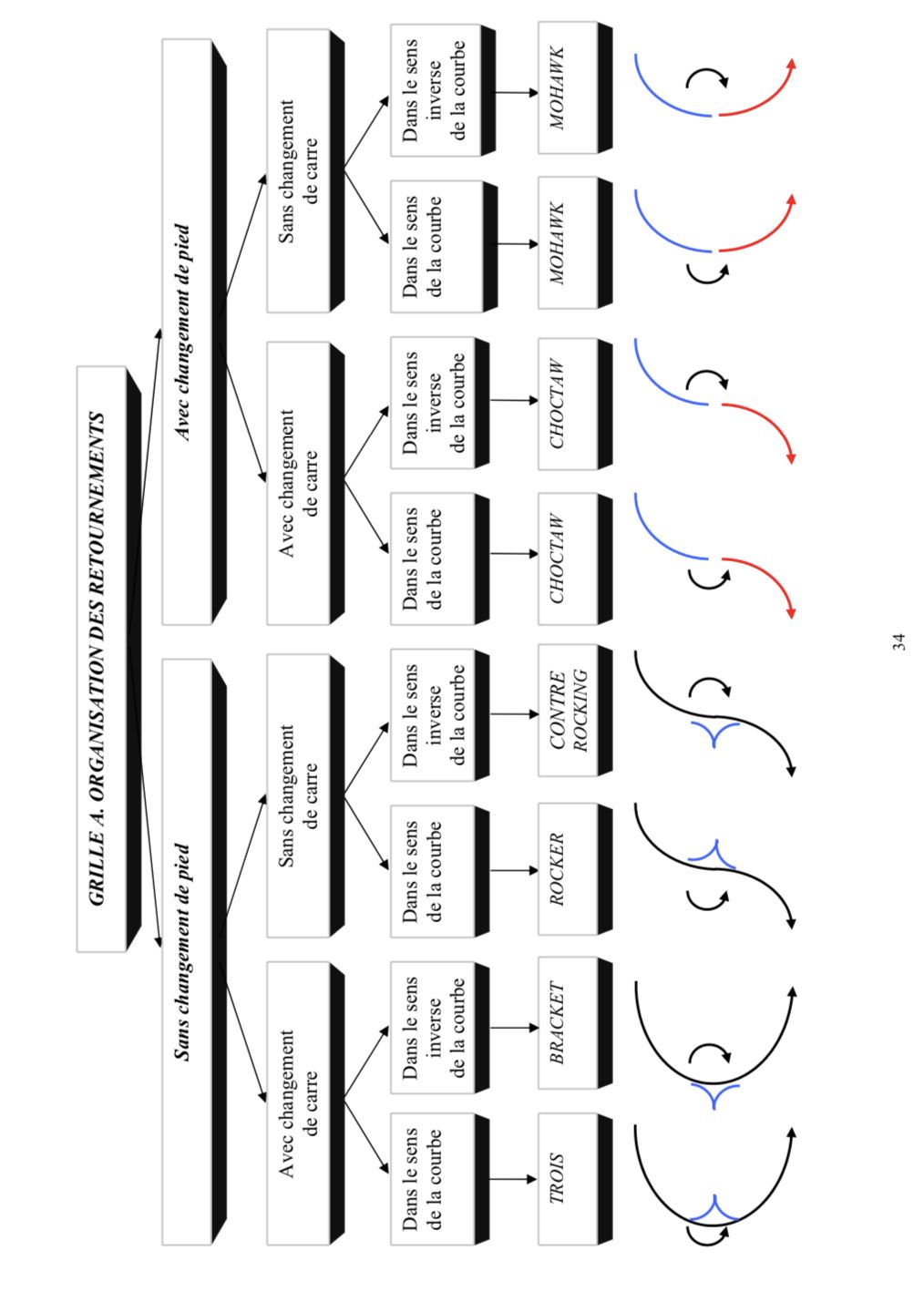Skating Levels Explained: A Beginner's Guide to Mastery

In the world of ice skating, whether it’s figure skating, hockey, or speed skating, progression is often measured through a structured system of levels. These levels not only help skaters track their improvement but also provide coaches and judges with a standardized framework to assess skills. For beginners, understanding these levels can be daunting, but it’s the first step toward mastery. Let’s break down the skating levels, their significance, and how you can navigate them effectively.
The Importance of Skating Levels
Skating levels serve as a roadmap for skill development. They ensure that skaters build a strong foundation before advancing to more complex techniques. Each level introduces new challenges, from basic balance and edge control to intricate jumps, spins, and choreography. By mastering one level before moving to the next, skaters reduce the risk of injury and develop a more refined technique.
Figure Skating Levels: The USFSA and ISI Systems
In figure skating, two primary leveling systems are widely recognized: the U.S. Figure Skating (USFSA) and the Ice Skating Institute (ISI) systems.
U.S. Figure Skating (USFSA) Levels
The USFSA system is the most traditional and widely used in competitive figure skating. It consists of eight levels, starting from Basic Skills 1 and progressing to Senior. Here’s a breakdown:
- Basic Skills 1-8: Focuses on fundamental skills like forward and backward skating, stops, and basic turns.
- Pre-Preliminary: Introduces simple jumps (e.g., waltz jump) and spins.
- Preliminary: Adds more jumps (e.g., salchow) and spin variations.
- Pre-Juvenile: Expands on jumps, spins, and footwork.
- Juvenile: Includes more advanced jumps (e.g., toe loop) and longer programs.
- Intermediate: Introduces double jumps and more complex spins.
- Novice: Requires double jumps and more intricate choreography.
- Senior: The highest level, featuring triple jumps and highly technical programs.
USFSA levels are progressive, with each stage building on the last. Skaters must pass tests to advance, ensuring they meet specific criteria.
Ice Skating Institute (ISI) Levels
The ISI system is more flexible and often used in recreational skating programs. It includes 10 levels, from Tot 1 to Freestyle 10. This system emphasizes fun and participation while still teaching technical skills.
| Level | Focus |
|---|---|
| Tot 1-4 | Basic movement and balance for young skaters. |
| Pre-Alpha to Gamma | Fundamental skills like edges, turns, and simple jumps. |
| Delta to Freestyle 10 | Advanced jumps, spins, and program choreography. |

ISI levels are less rigid than USFSA, making them ideal for skaters who enjoy skating without the pressure of competitive testing.
Hockey and Speed Skating Levels
While figure skating levels are well-defined, hockey and speed skating also have structured progression systems, though they vary by organization.
Hockey Skating Levels
Hockey skating programs often focus on power skating, which includes agility, speed, and edge control. Levels typically range from Beginner to Advanced, with each stage emphasizing skills like crossovers, quick stops, and backward skating.
Speed Skating Levels
Speed skating levels focus on endurance, technique, and race strategy. Programs like Learn to Speed Skate offer levels from Basic 1 to Advanced, teaching proper form, starts, and laps.
How to Progress Through Skating Levels
Advancing through skating levels requires dedication, practice, and patience. Here are some tips:
- Set Clear Goals: Work with your coach to identify what skills you need to master at each level.
- Practice Consistently: Regular practice is key to building muscle memory and refining technique.
- Take Lessons: Professional coaching provides personalized feedback and accelerates learning.
- Test and Compete: Testing and competing can motivate you to push your limits and achieve new milestones.
Step 1: Master the basics (edges, stops, turns).
Step 2: Practice jumps and spins progressively.
Step 3: Work on program choreography and performance skills.
Step 4: Test for the next level and repeat the process.
Common Challenges and How to Overcome Them
Challenge: Fear of falling or injury.
Solution: Wear protective gear and practice falling safely.
Challenge: Plateaus in progress.
Solution: Focus on weaker areas and vary your practice routine.
Future Trends in Skating Levels
As skating evolves, so do its leveling systems. Modern programs are incorporating technology (e.g., motion analysis) and inclusive practices to cater to diverse skaters. Additionally, there’s a growing emphasis on mental training to complement physical skills.
FAQ Section
How long does it take to move through skating levels?
+Progress varies by individual. Some skaters advance quickly, while others take years. Consistency and dedication are key.
Can I switch between USFSA and ISI systems?
+Yes, but you may need to adjust to the different skill requirements and testing formats.
Do I need to compete to advance levels?
+No, while competitions can motivate you, passing tests is the primary way to advance in most systems.
What age is best to start skating lessons?
+Most programs accept children as young as 3, but it’s never too late to start. Adults can begin skating at any age.
Conclusion
Skating levels are more than just milestones—they’re a testament to your hard work and passion. Whether you’re gliding on the ice for the first time or perfecting a triple jump, understanding these levels will guide your journey toward mastery. Remember, every skater starts somewhere, and with persistence, you’ll reach new heights on the ice. Lace up your skates, embrace the process, and enjoy the ride!



